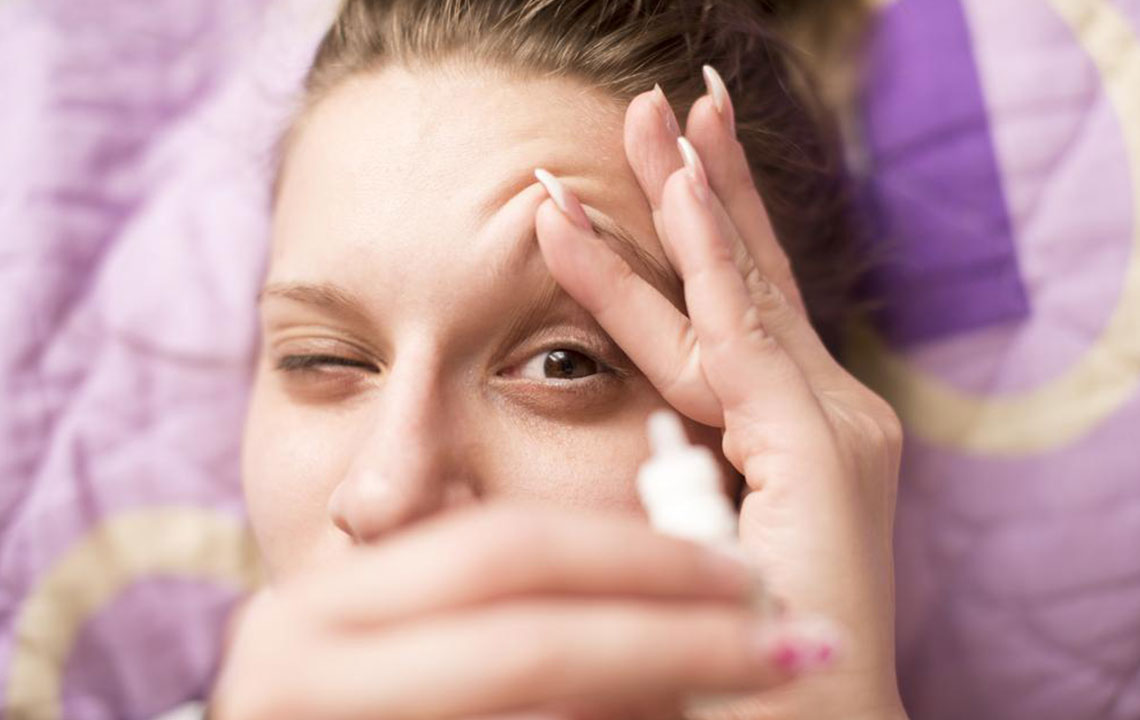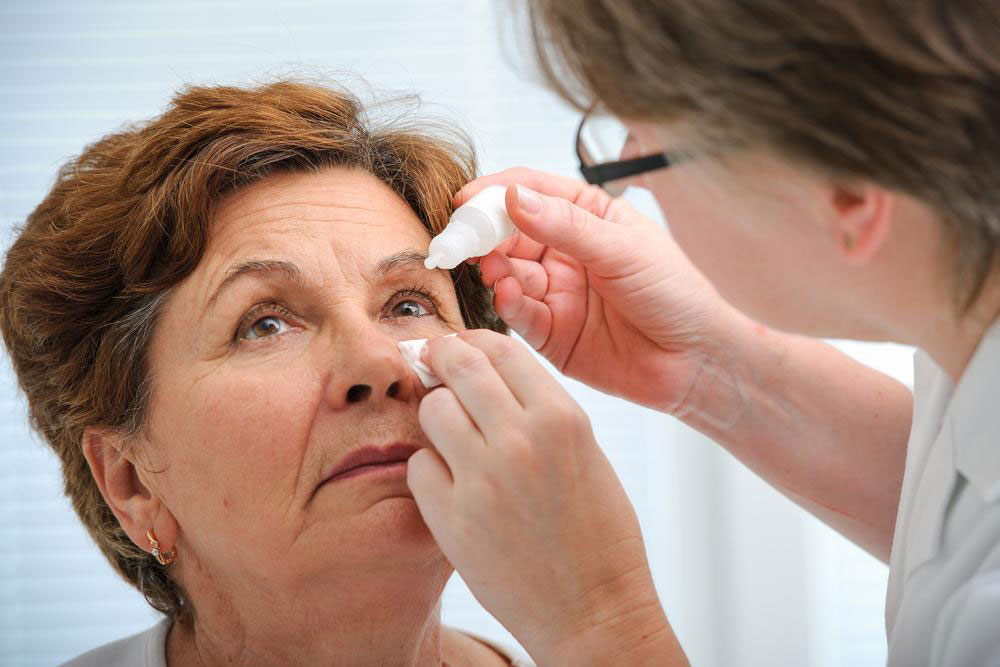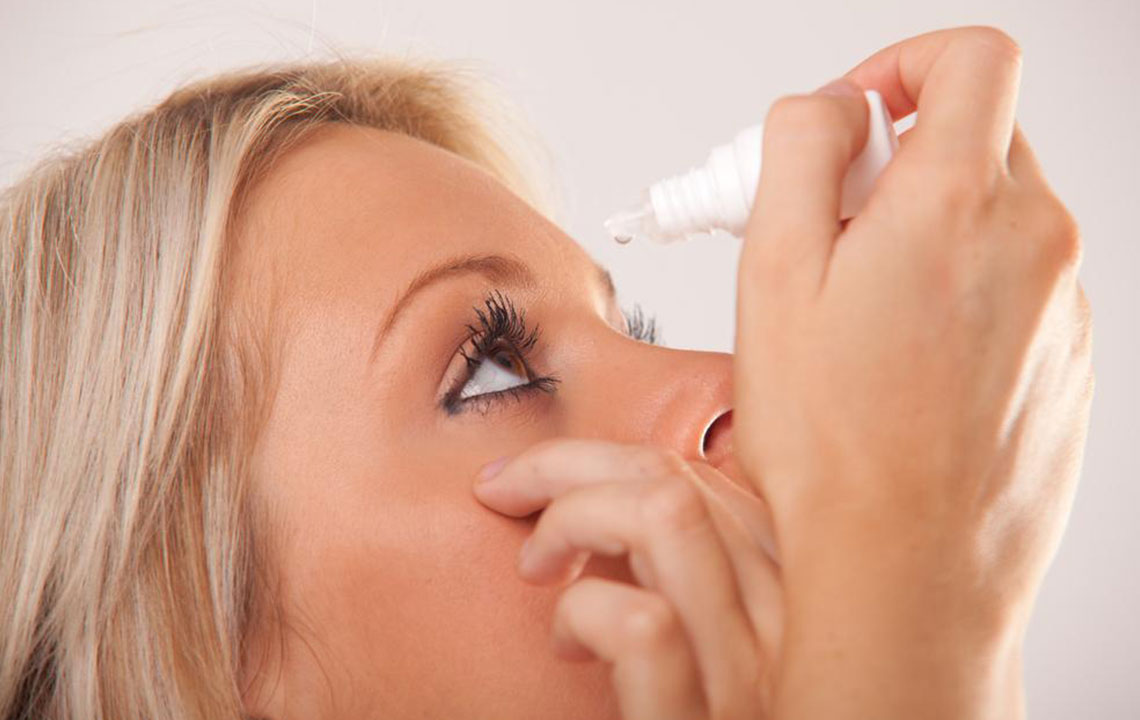Comprehensive Guide to Dry Eye Disease: Causes, Symptoms, and Effective Treatments
Dry eye disease affects many individuals, causing discomfort and potential vision problems. This comprehensive guide explores causes, symptoms, and a wide range of effective treatments, from lifestyle changes to advanced medical options. Recognizing early signs and consulting healthcare professionals can help prevent long-term damage. Learn how natural remedies, eye drops, medications, and surgical procedures work together to restore eye comfort and health, providing relief for mild to severe cases. Proper management is essential for maintaining optimal vision and quality of life.

Comprehensive Guide to Dry Eye Disease: Causes, Symptoms, and Effective Treatments
Dry eye syndrome, also known as keratoconjunctivitis sicca, is a common ocular condition affecting millions globally. It occurs when the eyes do not produce sufficient tears or when the tears evaporate too quickly, leading to dryness, irritation, and potential vision problems. Despite its widespread prevalence, many individuals remain unaware of the underlying causes, symptoms, and available treatment options. Understanding dry eye disease is crucial for maintaining good eye health and preventing long-term complications.
What Is Dry Eye Disease?
Dry eye disease occurs when there is an imbalance in tear production or tear quality, resulting in inadequate lubrication of the ocular surface. Tears are essential for nourishing the cornea, removing debris, and preventing infection. When these tears are insufficient or unstable, it can cause discomfort, visual disturbances, and in severe cases, damage to the corneal tissue. The condition is particularly common among older adults, contact lens wearers, individuals with autoimmune diseases, and those exposed to environmental factors such as wind and air conditioning.
Recognizing the signs of dry eye early can significantly improve outcomes. Key symptoms include persistent redness, a gritty or foreign body sensation, blurred or fluctuating vision, burning or stinging sensations, increased sensitivity to light, and excessive tearing as a reflex response. If these symptoms are left untreated, they can lead to more severe complications such as corneal ulcers or infections.
Effective Treatment Strategies for Dry Eye
Addressing dry eye disease requires a combination of lifestyle modifications, home remedies, and medical interventions, tailored to the severity of the condition:
For Mild Cases: Patients may find relief through simple lifestyle changes such as avoiding environmental factors that exacerbate dryness. Using humidifiers in living spaces, staying hydrated, and reducing screen time can help. Natural remedies like warm compresses, soothing tea compresses, aloe vera gel, and applying honey to eyelids can soothe irritation and promote tear film stability. Frequent blinking, especially during screen use, and gentle eye washing with saline solutions can remove irritants and improve comfort.
Moderate to Severe Cases: Medical treatments become necessary when symptoms persist or worsen. Artificial tears and lubricating eye drops are the first line of defense, helping to supplement natural tears. Specialized eye drops containing ingredients like cyclosporine or lifitegrast reduce inflammation and improve tear production. For persistent cases, oral medications such as doxycycline or omega-3 fatty acids may be advised to improve tear quality. Innovative treatments, including prescription eye inserts that slowly release lubricants, are also available to provide sustained relief. In advanced cases, tear-stimulating drugs, blood-derived eye drops, or even surgical interventions like tear duct plugs can be considered.
Consultation with an ophthalmologist or eye care specialist is essential for accurate diagnosis and personalized treatment plans. While home remedies and over-the-counter solutions can offer temporary relief, persistent dryness warrants professional intervention to prevent complications like corneal damage or infections.
In addition to medical treatments, adopting healthy habits such as regular eyelid hygiene, avoiding smoky or polluted environments, and protecting eyes from wind and bright lights can greatly reduce symptoms. Staying informed about new developments in dry eye management can also enhance quality of life for sufferers. Proper diagnosis and a comprehensive treatment approach are key to managing this common yet often overlooked condition effectively.





